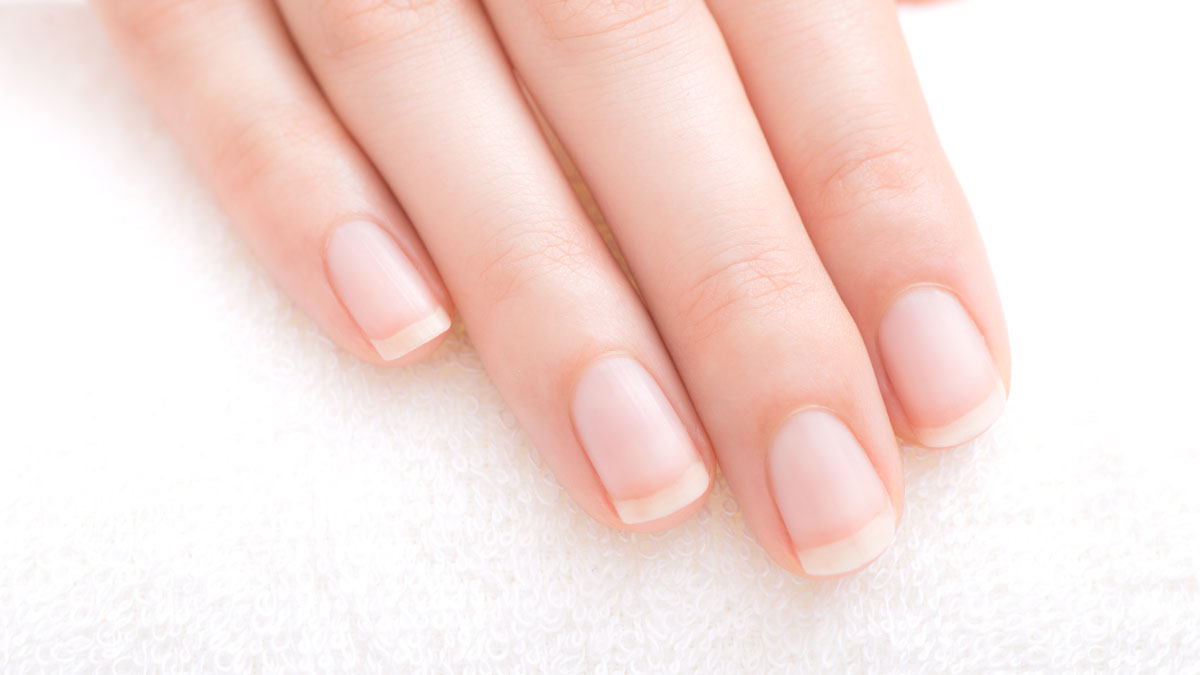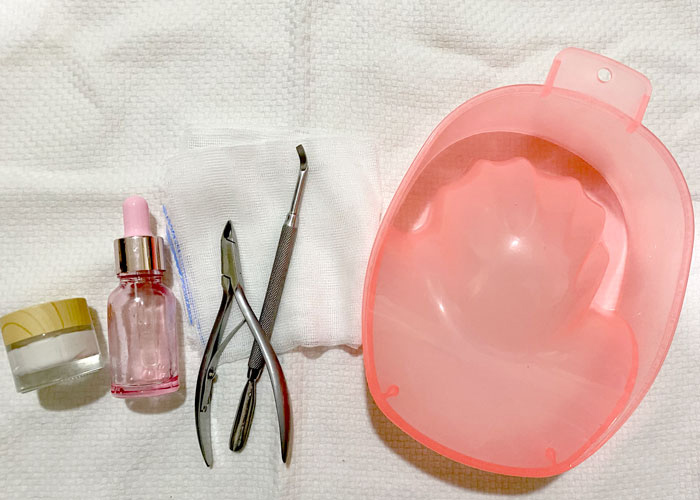Mastering Nail Cuticle Care: A Comprehensive Guide

In terms of manicure technique, one aspect that greatly disappoints me is the tendency to cut the skin excessively.
Some references provide inaccurate information. For instance, they incorrectly assert that the loose cuticle is the same as the nail cuticle. But that is incorrect.
While it's essential to remove the loose cuticle and dead skin, it's important to note that the cuticle serves the crucial role of protecting the nail matrix. This function is vital in fostering the growth of healthy nails and preventing foreign substances from infiltrating the nail bed.
That’s why we shouldn’t remove the nail cuticle.
The Importance of Removing the Loose Cuticle.
The loose cuticles are often found on the nail plate near the proximal nail fold and lateral nail folds.

The presence of a loose cuticle can impede the natural growth of nails. It not only leads to the development of hangnails but also creates the illusion of shorter nails due to the skin being pulled as the nail grows. Removing the loose cuticle between the nail plate and skin is essential. Without this obstacle, the nails can gradually grow straight, resulting in a more aesthetically pleasing appearance.
Preparation
Prepare the following items:
- Cuticle remover or cream
- Cuticle oil
- Gauze
- Cuticle nipper
- Metal pusher
- Water and bowl

Softening the Cuticles in a Hand Bath
Apply a small amount of cuticle remover or hand cream to the base of the nail, massaging it into the skin around the nail. Soak the fingers in warm water for 3-5 minutes; it is recommended to use a dedicated hand soak for optimal results. Hand baths not only soften the cuticles but also moisturize the fingertips. If a dedicated hand soak is unavailable, you can substitute it with bath salt or a similar alternative.
Pushing the Nail Cuticle with a Metal Pusher.
Use the metal pusher with the following two steps:
- Remove the loose cuticle from the entire nail plate.
- Push the cuticle up to shape its line and create a gap between the base of the nail and the skin. Remember to keep the metal pusher wet during the process.
Removing the Loose Cuticle with the Metal Pusher
Wet the edge of the metal pusher and position it on the nail plate at a 45-degree angle. Move the metal pusher gently but swiftly.
The loose cuticle is nearly transparent and hard to see with the naked eye. However, you can feel the location of the loose cuticle through the metal pusher, much like peeling transparent tape from a table with your nail.
Gradually, white debris will accumulate on the nail plate; these are the removed loose cuticles.
Pushing the Nail Cuticle Up to Create a Pocket at the Proximal Nail Fold.
Change the angle of the metal pusher to 60 - 90 degrees and gently push the nail cuticle to create a “Pocket" between the cuticle and the nail plate. If the skin adheres to the nail plate, use the metal pusher to carefully remove it. This process can influence the application of colored polish or gel. Depending on the individual's nails, pushing up the skin or creating a 'pocket' may be challenging. The key is to avoid excessive force and not overdo it.
Removing the Loose Cuticle and Hard Skin with Cuticle Nippers
Use cuticle nippers to remove both loose and hard skin. Wrap gauze around your thumb and secure the cuticle nippers using the base of the thumb and the other fingers (excluding the index finger). If the skin and nails become dry, hydrate them by applying water with a wet gauze.
The key is to provide support and stability by firmly gripping the nippers with the other hand.
Firstly, cut the hard skin near the cuticle if needed. This non-living skin looks slightly hard and transparent. Generally, it's better to avoid cutting it to prevent bleeding or injury. The skin at the sidewalls tends to be firm, and removing the hard skin from the sidewalls requires advanced techniques.
Second, remove the loose skin inside the proximal nail fold. As the cuticle was pushed up in the previous step, loose cuticle has accumulated in the proximal nail fold. Start using the cuticle nippers from the side edge of the nail plate. Apply the cutting edge along the sidewall.
Slightly pull toward you when closing the blade. If the blade is passing at the corner of the cuticle, using the blade as a fulcrum, change the angle of the handle to remove loose cuticles in a gap. At the cuticle line, angle your fingers slightly downward. As the nippers approach the other corner of the nail cuticle, switch the nippers to the opposite sidewall.
Cuticle Nippers are for Skin Use Only
Cuticle nippers are for the skin and loose cuticle; never use them on the nail plate or free edge. Because the skin and loose cuticles are delicate, it is essential to maintain a sharp blade. Needless to say, keep them clean.
Applying Cuticle Oil
After caring for the nail cuticles, apply cuticle oil to both the cuticle and sidewalls. The fingertips tend to dry after the care.
The ideal interval between nail cuticle care is around 10 days.
- nail
- nail care.